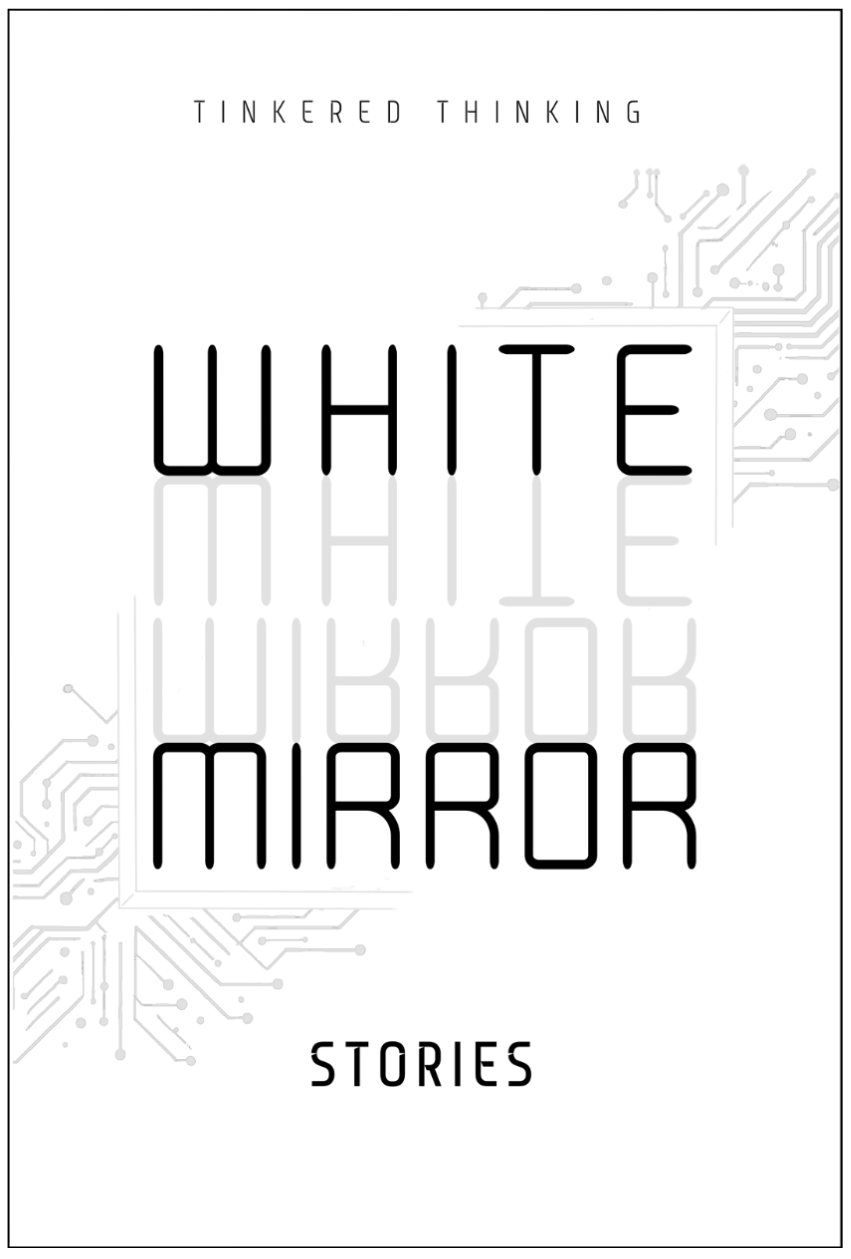Daily, snackable writings to spur changes in thinking.
Building a blueprint for a better brain by tinkering with the code.
subscribe
rss Feeds
SPIN CHESS
A Chess app from Tinkered Thinking featuring a variant of chess that bridges all skill levels!
REPAUSE
A meditation app is forthcoming. Stay Tuned.
STABILITY & AGILITY
April 26th, 2021
Stable security is a false goal. And yet it’s what we goad each other towards: The stable career provides security and there’s a stable traditional path to achieve that career. But at what cost?
Stability exists as a tradeoff with agility. The more stable something is, the less agile it is, and vice versa, but the compliment has an ulterior benefit. The more agility something or someone has, the less stability they have, but also the less stability is needed.
For example, one might say that the Empire State Building is very stable, but if it was actually pushed over, it has no way to recover, whereas a toddler who has just learned to walk might not be very stable, but develops the ability to catch themselves before fully falling. This is how we all walk. We push ourselves out of balance and catch ourselves. But we do this with such automaticity that we don’t even think about it, and falling forward briefly no longer actually feels like falling. Our agility with regards to walking is so well practiced that we don’t recognize the any difference between walking which is a pattern of instability and something that is stable and inert.
It’s only when we start navigating an unfamiliar surface that questions of agility and a lack of stability feel pertinent. For feet well accustomed to the concrete jungles of cities, and the uniform surfaces of modern buildings, the terrain of a rocky hike can suddenly feel like a very unstable experience. Of course, this is only because our sense of physical agility hasn’t had much practice in that sort of novel environment - we feel a lack of stability when really we experience a lack of agility.
Stability is attractive because once established it requires an absolute minimum of effort. It’s easy. Agility on the other hand is a skill that either improves or diminishes based on use. It’s anything but easy, but it’s far more useful and far more robust than stability. When circumstances change and the stable job suddenly evaporates, a need for agility to pivot and figure something else is suddenly in high demand, and for someone out of practice, this can be extremely stressful. But for those who eschew the opportunity for stability, agility becomes a constantly exercised muscle, and nearly all manner of external shifts, large and small feel far more natural to work around or work with.
Stability is, in the short term, far easier, but stability grows more risky with time. The only true constant is change, and eventually change will come for the conditions that allows for stability. In the long term, agility is, ironically, the most stable aim to develop.
-compressed.jpg)





